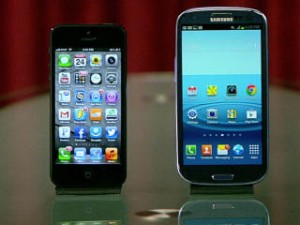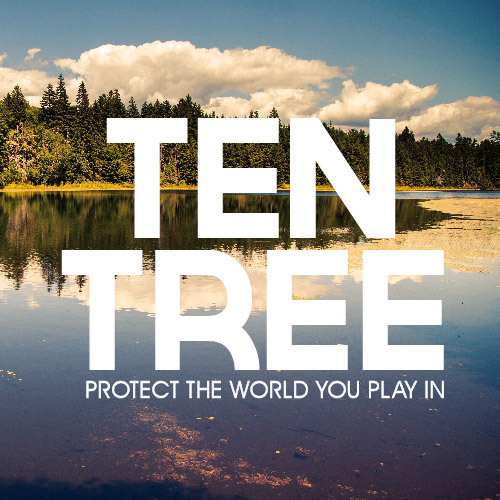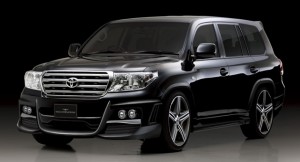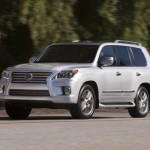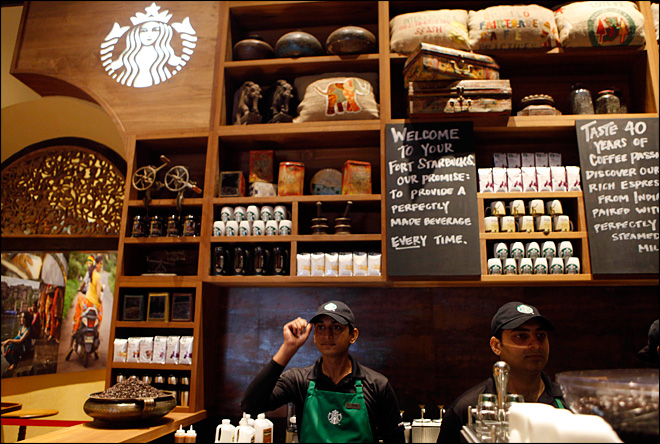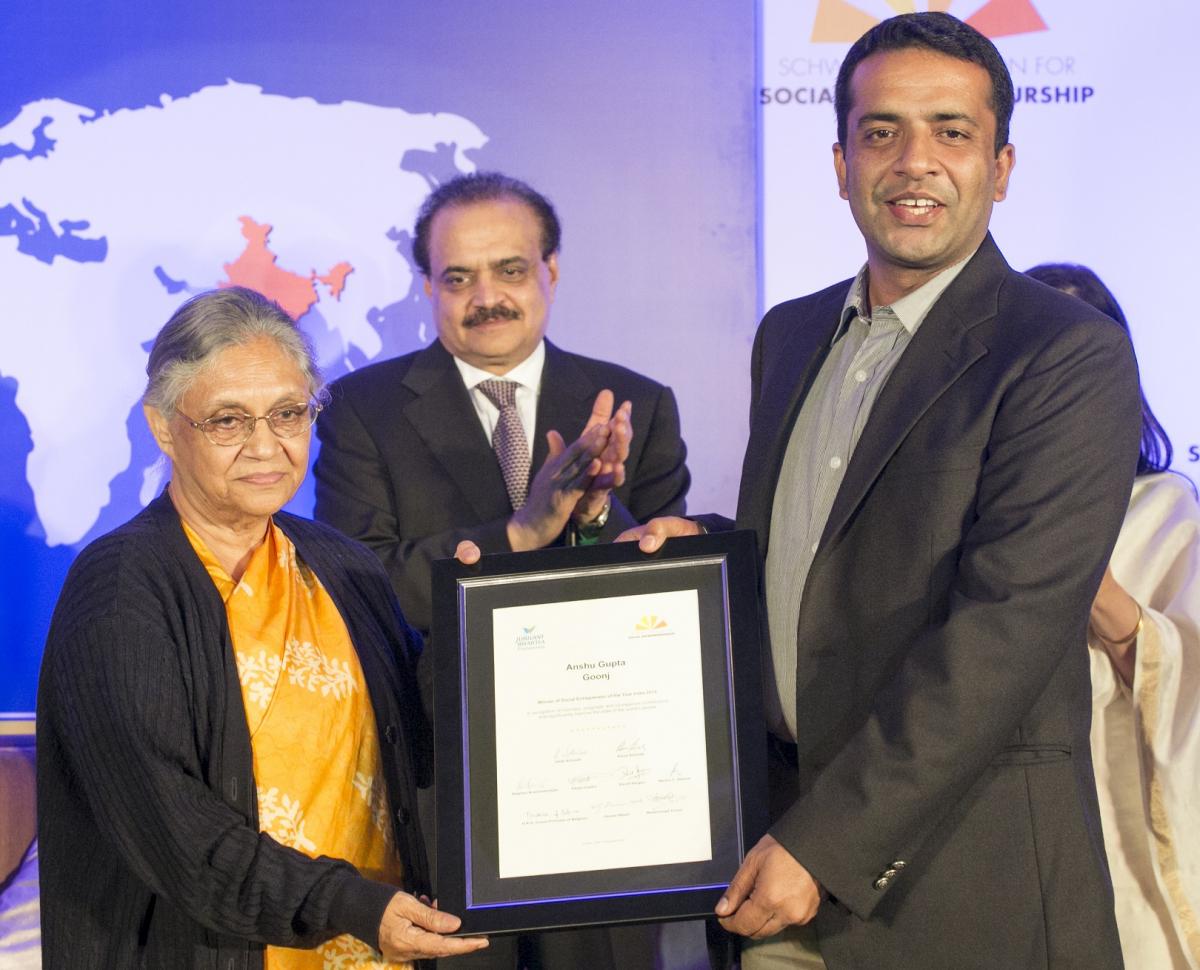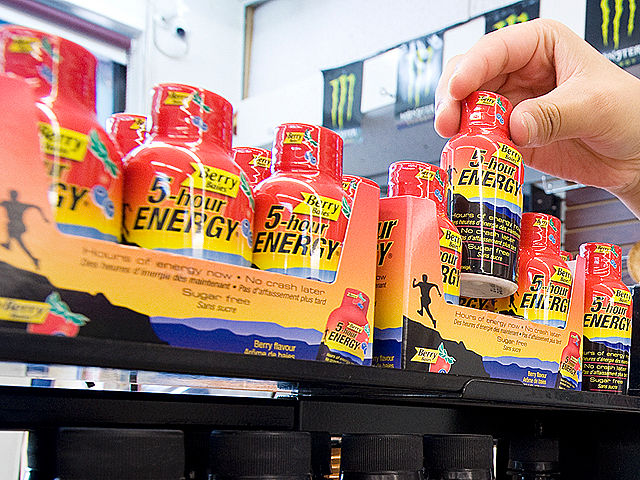It is weird how student pays $2.50 for a can of coke on campus and get the same can of coke outside the campus for just $1. Students pay a fee of $3700 for a meal plan which is mandatory for the residence students. The food available in residence has very high prices as compared to the eating places outside the campus . University’s has taken this as a business opportunity and earns a lot of revenue. I think this is very unfair for the students and they are exploiting us. We have only a few options where we can use the meal card and they are all pretty expensive.
Moreover, all the students here are from different cultures and have different taste preferences. The food available in the residence is mostly targeting the Asian and white population of the students. There is least option for south Asians but we have no way out as we have already paid for this food. Many south Asian restaurants have tried to convince UBC for letting them enter the meal plan system for the south Asian population but the university does not allow the entry of any new competition for the residence food.
These are called entry of barriers for the local businesses to enter the university meal plan program. The university benefits from this because students cannot afford to eat outside every day and the only option they have is to use residence cafeteria or hubbards. Moreover, hubbards is the only place to get snacks etc, and the prices they charge are double the market price. University is using the business strategy to eliminate competition and gaining profits from doing so. This is unfair monopoly!!!

